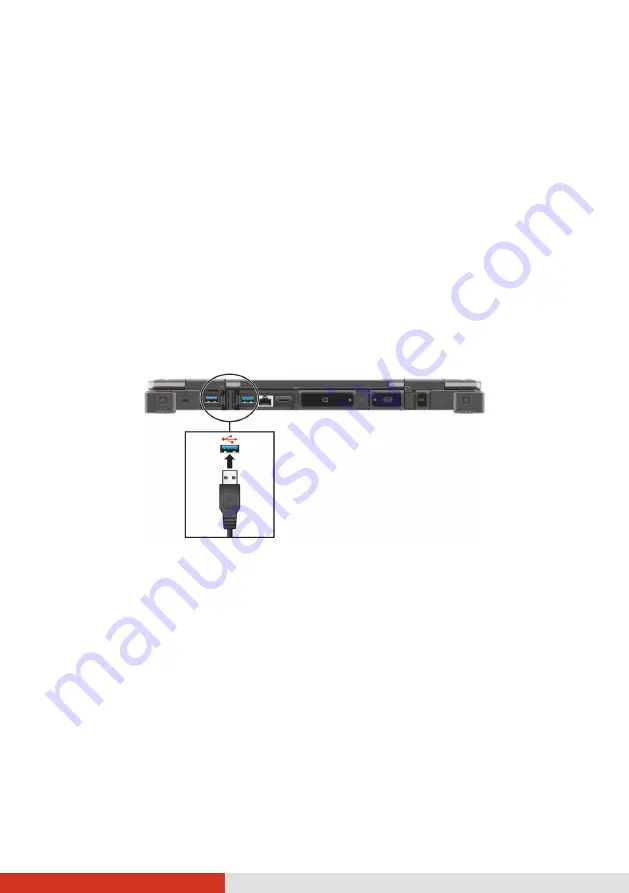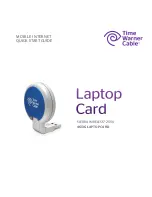
46
Connecting Peripheral Devices
Connecting a USB Device
NOTE:
USB 3.1 port is backward compatible with USB 2.0 port. However, if
necessary, you can set the USB 3.1 port to be a USB 2.0 port in the BIOS Setup
Utility. Go to the utility, select
Advanced
Device Configuration
, find the setting
item, and change the setting to USB 2.0.
USB Type-A
Your computer has two USB 3.1 Gen 2 ports for connecting USB devices,
such as a digital camera, scanner, printer, and mouse.
USB 3.1 Gen 2 supports a transfer rate up to 10 Gbit/s.
USB Type-C (Optional)
Select models have a USB 3.1 Gen 2 Type-C port. “USB Type-C” (or simply
“USB-C”) is a physical USB connector format that features small size and
free orientation. This port supports:
USB 3.1 Gen 2
(up to 10 Gbps)
DisplayPort over USB-C
USB Power Delivery
Note that you should use the appropriate wattage/voltage USB-C power
adapter for your specific computer model.
For default models: 57W or above (19-20V, 3A or above)
For models with Discrete GPU: 95W or above (19-20V, 5A or above)
















































